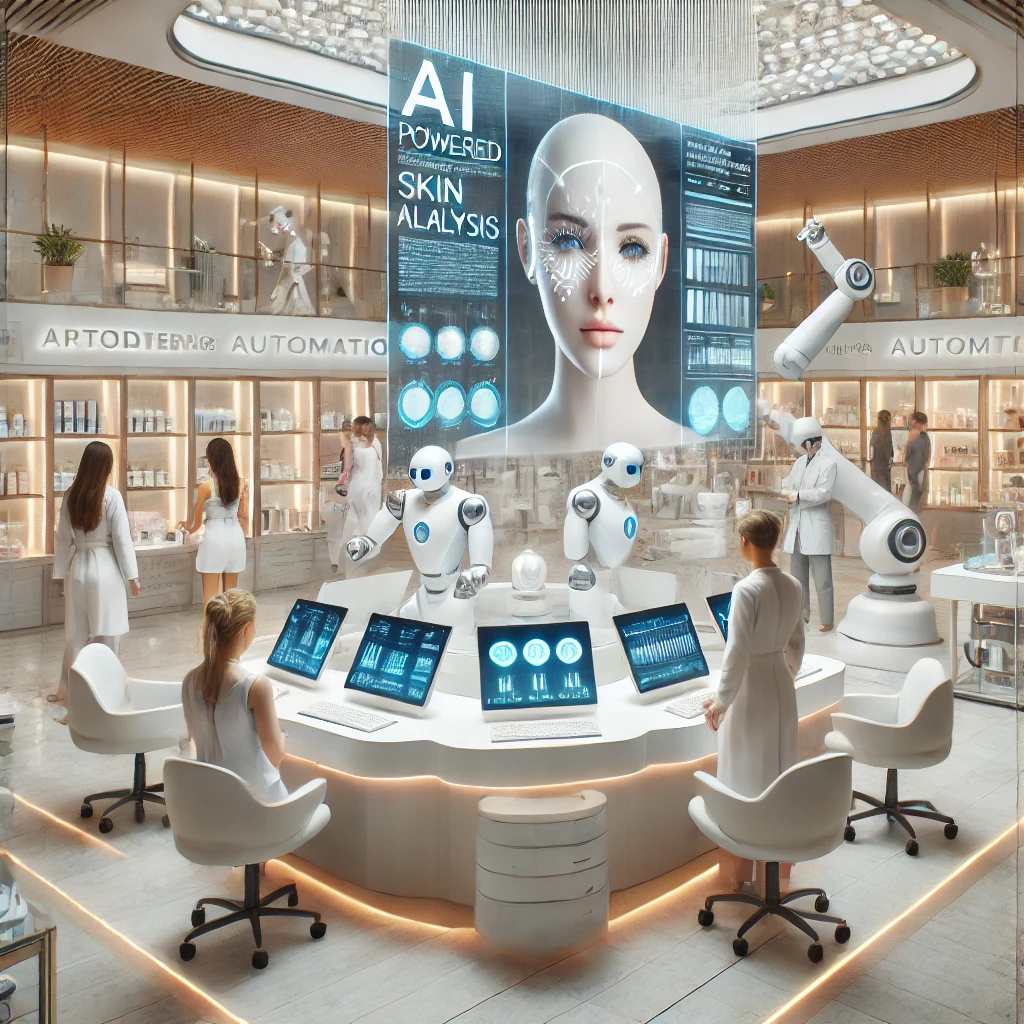The electronics repair industry is under pressure to deliver faster, more precise, and efficient solutions as devices grow increasingly complex and demand surges. Artificial intelligence (AI) is emerging as a transformative force in this sector, driving automation in diagnostics, repair processes, and operational optimization. In 2023, the global electronics repair market exceeded $50 billion, and AI-powered automation is enhancing businesses’ competitive edge while augmenting technicians’ capabilities. Realizing this technology’s potential, however, requires robust technical infrastructure, ethical accountability, and regulatory compliance. This article offers a comprehensive analysis of the technical foundations, current applications, industry impacts, and future prospects of AI-powered automation in electronics repair.
Historically, electronics repair relied heavily on technicians’ manual skills and experience. However, modern devices feature intricate motherboard designs and millimeter-scale integrated circuits that push the limits of human precision. For instance, diagnosing a short circuit on a smartphone motherboard can take hours manually and carries a high risk of error. AI automates these processes, improving both speed and accuracy. Technically, AI systems operate using machine learning (ML) and deep learning algorithms. These algorithms analyze vast datasets—such as device failure logs and repair histories—to identify fault patterns and generate solutions. Global data indicates that AI-based diagnostic systems reduce fault detection time by up to 40% and achieve success rates above 90%.
One of AI’s most prevalent applications in electronics repair is automated diagnostics. These systems analyze device symptoms—such as failure to power on or connectivity issues—to pinpoint the root cause. For example, an AI tool can scan a laptop’s boot error, identify a faulty chip on the motherboard, and provide the technician with a step-by-step repair roadmap. This saves time compared to manual diagnostics and minimizes errors. Studies show that AI diagnostic systems reduce technicians’ workload by 30% and boost customer satisfaction by 25%. Moreover, integrated with cloud-based databases, AI learns from global repair data, continuously improving its accuracy.
Automated repair processes represent another groundbreaking AI application. AI-driven robotic systems perform precise tasks like micro-soldering, component replacement, and testing. For instance, an AI-controlled robot can replace a damaged capacitor on a motherboard with micrometer precision, reducing a process that could take hours manually to mere minutes. These systems rely on image recognition—for detecting damage via cameras—and autonomous motion control. While not yet widespread in small to medium-sized repair shops, large-scale service centers are adopting this technology. Data suggests that automated repair systems cut repair costs by up to 20% and increase throughput by 35%. However, high initial costs (tens of thousands of dollars) and maintenance requirements pose barriers for smaller businesses.
AI enhances repair operations through data analytics. Repair shops leverage AI-driven tools for inventory management, demand forecasting, and customer behavior analysis, achieving significant efficiency gains. For example, an AI system can analyze which spare parts—such as screens for specific phone models—are frequently used, optimizing stock levels. This reduces overstock costs by 15% and prevents delivery delays. Additionally, AI analyzes customer feedback to recommend service improvements, such as additional training for recurring fault types. Globally, repair businesses using AI analytics report operational efficiency gains of up to 25%.
Technician training is another area transformed by AI. AI-powered training platforms, incorporating virtual simulations and augmented reality (AR) tools, provide interactive learning experiences. For instance, a technician can practice motherboard repairs in an AI-driven simulation, receiving real-time feedback on errors. This cuts training time by 50% compared to traditional methods and strengthens practical skills. AI also analyzes technician performance to create personalized training plans. However, developing these platforms is costly, limiting access for smaller businesses. Cloud-based training solutions are beginning to address this barrier.
While AI-powered automation delivers transformative benefits, it raises ethical and regulatory challenges. Data privacy is a primary concern, as customer data used in repair processes—such as device usage history—could be misused, leading to privacy breaches. Regulations like the GDPR in Europe impose strict guidelines on data storage and processing. Businesses must adopt transparent data policies to maintain consumer trust. Additionally, widespread AI automation could threaten technician jobs. Global projections suggest automation may reduce manual repair jobs by 15% by 2030. This underscores the need for businesses to retrain technicians, equipping them to work alongside AI systems.
Looking ahead, AI-powered automation will further reshape the electronics repair industry. Advances in deep learning will enable AI to diagnose complex faults and perform fully autonomous repairs, minimizing technician intervention. For example, an AI system could independently detect and fix all issues on a liquid-damaged motherboard. Integration with nanotechnology will allow AI to operate on microscopic components, pushing repair boundaries. Moreover, AI’s focus on energy efficiency could reduce repair shops’ carbon footprints, with optimized equipment cutting energy use by 20%. Affordable AI solutions, such as subscription-based software, will democratize access for smaller businesses.
The transformation of electronics repair through AI is not merely a technical evolution but a strategic imperative. Businesses integrating AI must balance technician training, data privacy, and customer-centricity. As the industry prepares to reach a $75 billion valuation by 2030, AI-powered automation will be a key driver of growth. Success hinges on businesses’ ability to implement innovative solutions ethically and sustainably. Electronics repair is becoming faster, more precise, and more efficient with AI, but its future lies in the synergy of technology and human expertise. How will businesses navigate this transformative journey?
Doğan Seyfi Dağtaş




